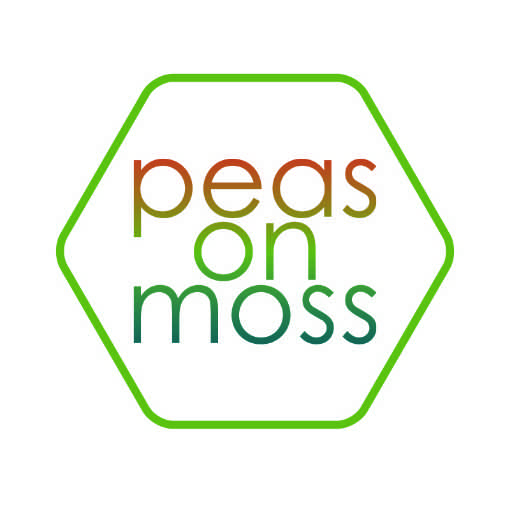Last time I talked about what precision nutrition or personalized nutrition is. This article details some opportunities and challenges that PN has as it is coming to the mainstream. PN stems from understanding individual gene-nutrient interaction (nutrigenomics) and has an amazing potential to combat issues such as allergy, type 2 diabetes, and malnutrition.
Following are some opportunities that Personalized nutrition could tap into:
Malnutrition
Malnutrition results from consuming a diet with inadequate nutrition (undernutrition)/ too much nutrition (overnutrition). People in food insecure areas are surviving on insufficient diets and mean intakes of food groups are lower than the recommended levels. By analysing their needs and availability, PN could aid in designing cheap nutritious nmeals.
Stunting
Linear growth is regulated by nutrition sensitive genetic, metabolic and other factors. Metabolic/ proteomic profiling along with nutrigenomic study would help us develop an ‘ideal’ diet for prevention of stunting and improved brain development. However, it is important to note that inflammation is a major cofounder that negatively influences growth and is independent of nutrition.

Micronutrient deficiencies and Estimated average requirements
PN allows understanding people as they go about their usual lives and making adjustments and recommendations that are ‘realistic’ rather than ‘ideal’. Ideally, estimated average requirements need to be measured in controlled and reproducible settings. Any variations must be completely monitored and incorporated into the study. Yes, it is as difficult as it sounds, due to lack of a complete picture, these puzzle pieces are created out of ‘extrapolation‘ if you will. What I mean is, they are set using factorial approaches and adjusted according to nutrient losses and absorption/bioavailability.
Data from PN would allow us to understand metabolic syndromes better and prevent co-morbidities associated with them.

Personalized nutrition for management of type 2 diabetes
It would be very interesting to understand the progression of type 2 diabetes (T2D) or the onset of associated complications as a function of dietary exposures, and variability. This knowledge would equip us better to handle the disease and manage its symptoms. Such studies are sparse and mostly inconclusive. There are no studies that comprehensively explore how different factors modify the responses of dietary interventions and the progression of the disease. PN would allow us to integrate information about glucose-lowering agents – and further – duration, severity, comorbidities, and pathophysiology of the disease with diet.
PN for allergy?
There is a high prevalence of food allergy in infants and young children. Traditionally avoidance has been the solution. However, management of food allergies have recently been challenged by tolerance induction and immunomodulation through dietary interventions that modify the gut microbiota. Moreover, recent research is focused on nutritional management of IgE mediated food allergy. A personalized approach to managing food allergies makes it feasible to understand diagnosis, allergy phenotypes and to better design intervention methods (2).
Big Data analytics
PN requires combination of omics data and information from traditional and modern sources. Traditionally trusted sources such as questionnaires, interviews, clinical tests and newer technology such as mobile records, mobile apps, wearable devices together are the future of analytics.
Given the complexity and size of data, new tools such as big data analytics for visualization and data processing need to be incorporated in the current pipeline. These practices have their own challenges with incomplete, and unreliable input data. Big data also requires many statistical tests, leading to an increased chance of false positives and misleading interpretations. We need to work on this through combination of information from genomics, metabolomic, other omic studies and data from wearable electronics.

Disadvantages and challenges
While there are some obvious advantages, nutrigenomics and PN is a fledgling science that needs more research. The greatest challenge would be individual motivation and adherence to the regime. Public acceptance of the technology and affordability is important. I can write about this sitting in Canada, but the stunted/ malnourished who really need this, can they afford this?
Consumer protection is paramount, and genetic information is highly sensitive need to be protected and regulated. There are some concerns regarding unregulated or underregulated direct-to-consumer test kits. These services could be channeled through health care practitioners. Practitioners, both in the medical and the dietetics field also need to be significantly trained to be able to offer nutrigenomic services to the public (3).
That’s all folks. Thanks. Will be back with more science!
Roo
Further reading
- Look AHEAD Research Group. (2016). Association of the magnitude of weight loss and changes in physical fitness with long-term cardiovascular disease outcomes in overweight or obese people with type 2 diabetes: a post-hoc analysis of the Look AHEAD randomized clinical trial. The Lancet Diabetes & Endocrinology, 4(11), 913-921.
- D’Auria, E., Abrahams, M., Zuccotti, G., & Venter, C. (2019). Personalized Nutrition Approach in Food Allergy: Is It Prime Time Yet?. Nutrients, 11(2), 359.
- Ethical, legal and social issues in nutrigenomics: the challenges of regulating service delivery and building health professional capacity. Mutation Research/Fundamental and Molecular Mechanisms of Mutagenesis, 622(1-2), 138-143.
- Kohlmeier, M., De Caterina, R., Ferguson, L. R., Görman, U., Allayee, H., Prasad, C., … & Martinez, J. A. (2016). Guide and position of the International Society of Nutrigenetics/Nutrigenomics on Personalized Nutrition: part 2-ethics, challenges, and endeavors of precision nutrition. Lifestyle Genomics, 9(1), 28-46

Recent Comments